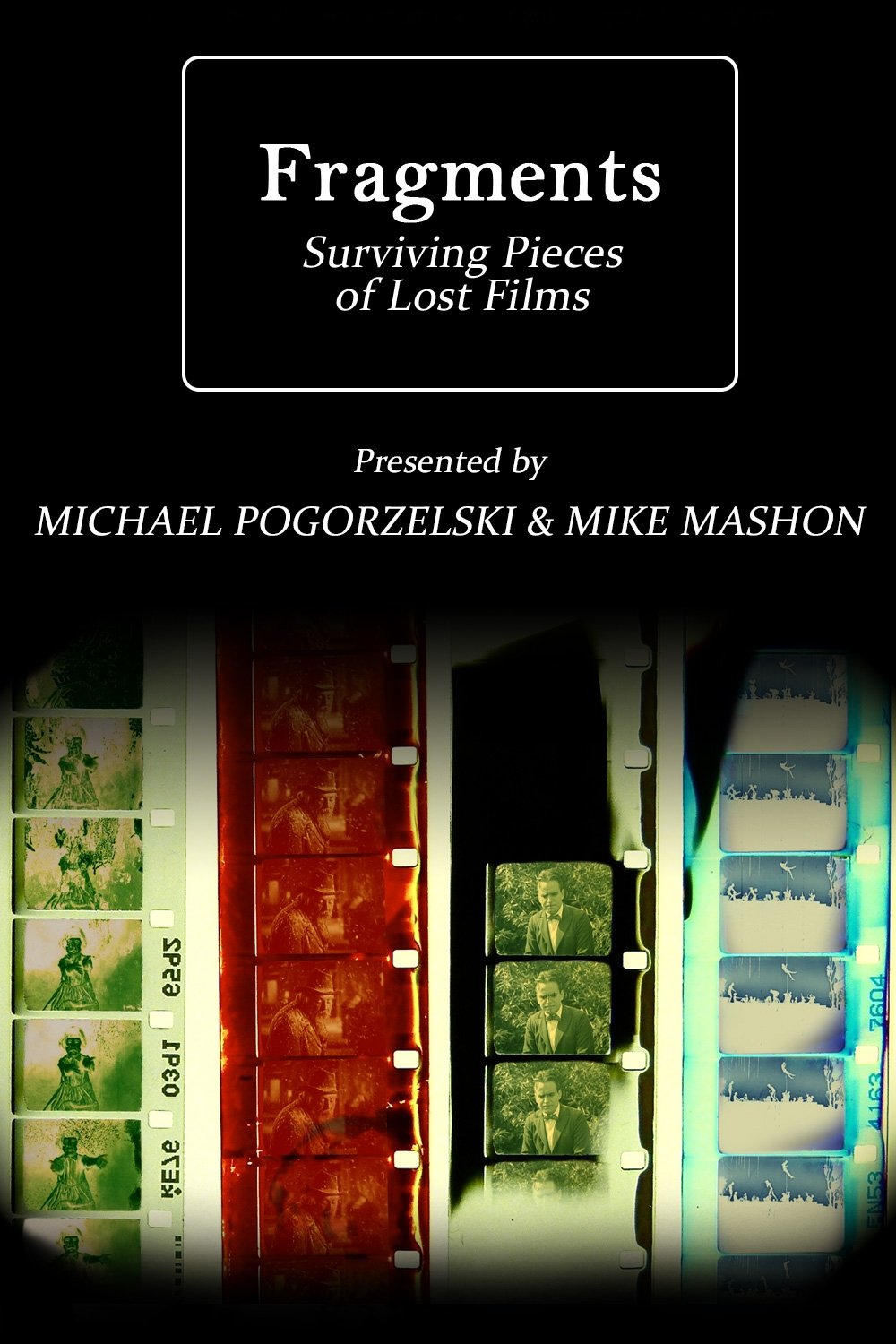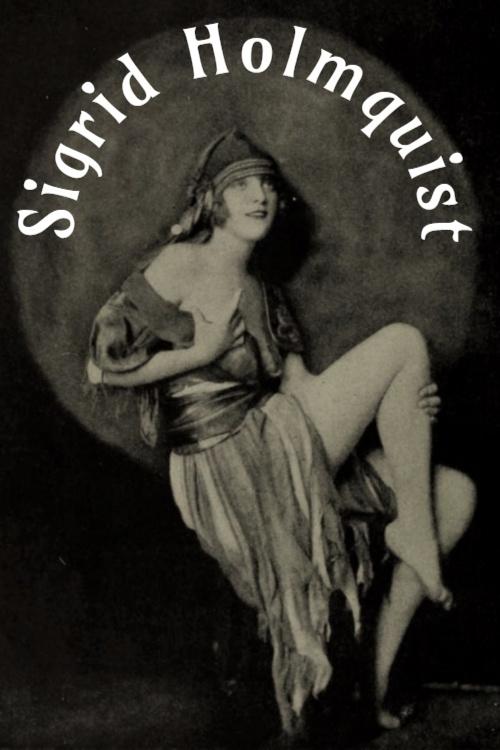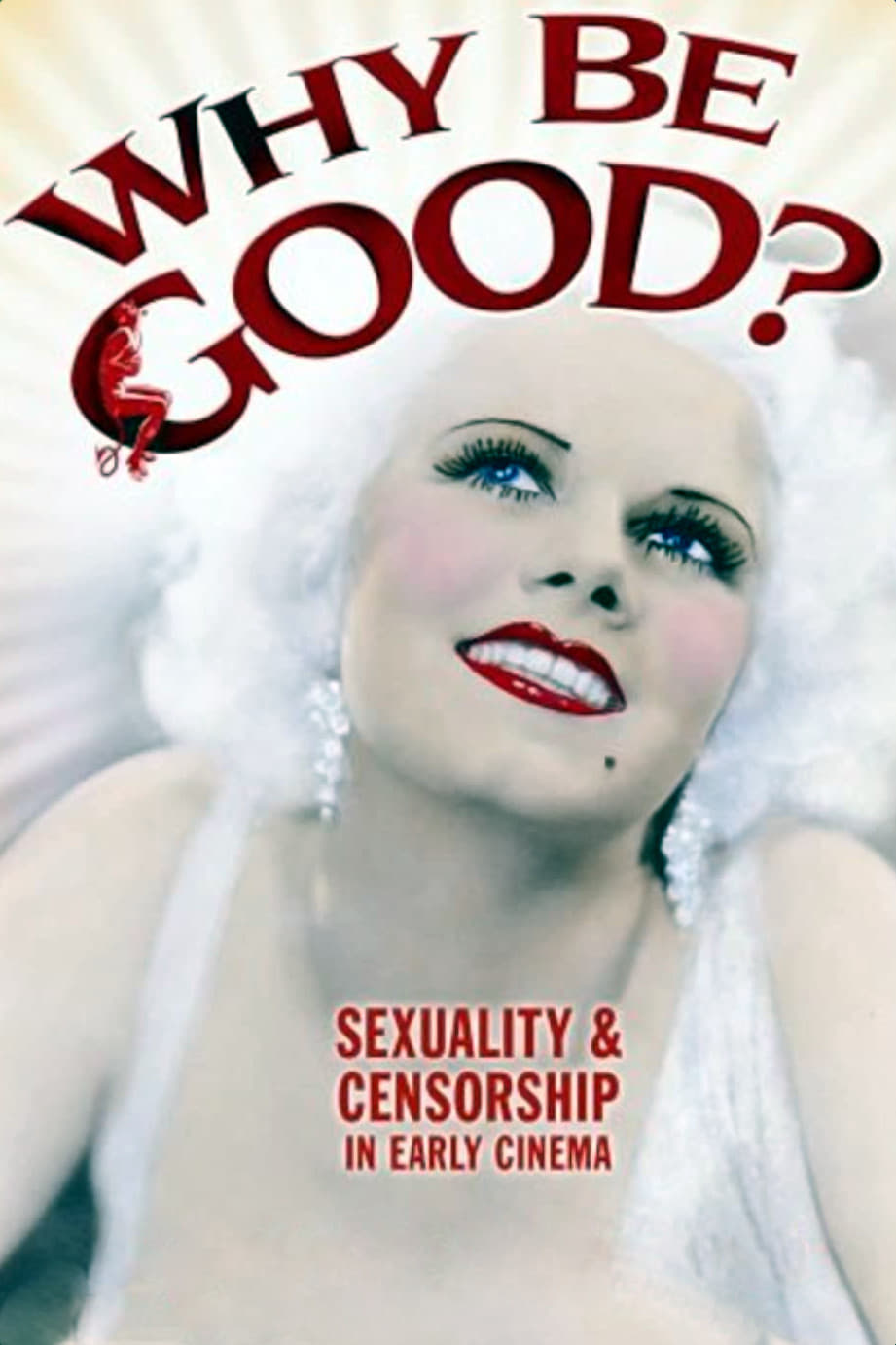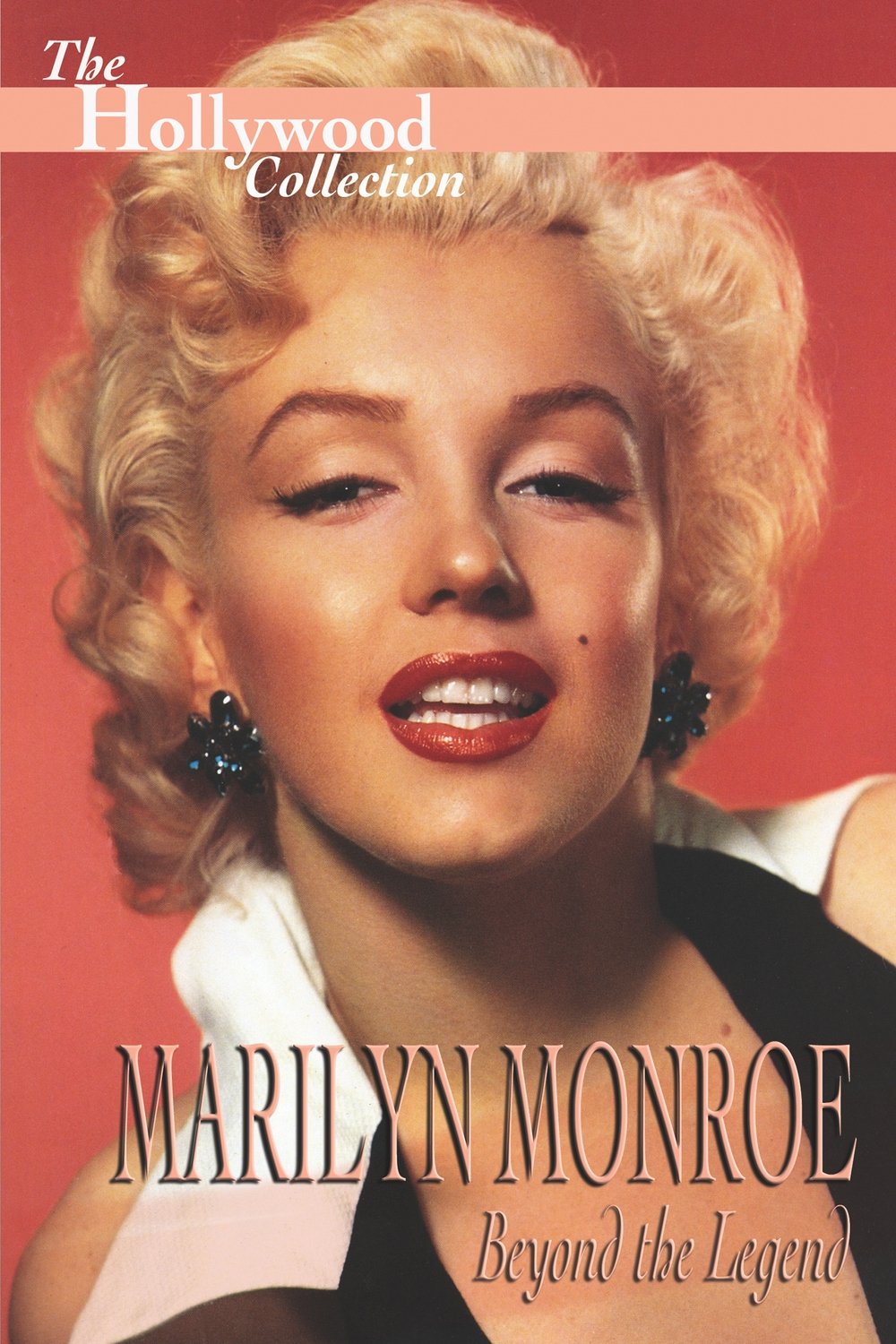

Among the pieces featured in Fragments are the final reel of John Ford's The Village Blacksmith (1922) and a glimpse at Emil Jannings in The Way of All Flesh (1927), the only Oscar®-winning performance in a lost film. Fragments also features clips from such lost films as Cleopatra (1917), starring Theda Bara; The Miracle Man (1919), with Lon Chaney; He Comes Up Smiling (1918), starring Douglas Fairbanks; an early lost sound film, Gold Diggers of Broadway (1929), filmed in early Technicolor, and the only color footage of silent star Clara Bow, Red Hair (1928). The program is rounded out with interviews of film preservationists involved in identifying and restoring these films. Also featured is a new interview with Diana Serra Cary, best known as "Baby Peggy", one of the major American child stars of the silent era, who discusses one of the featured fragments, Darling of New York (1923).

The story of Swedish silent film actress Sigrid Holmquist's life (1899-1970), by using the silent film medium. It consists of already existing film clips from the 1910s and 20s. Sigrid is played by eight different stars from her era, and she also plays herself. Sigrid Holmquist was born in Borås, Sweden and her stubborn spirit led her to become a movie star in Scandinavia and Hollywood before retiring from the movies in 1926. An experimental film project.
Explores the culture and characters of the Jazz Age through the decade's heroine, the flapper.

Before the G, PG and R ratings system there was the Production Code, and before that there was, well, nothing. This eye-opening documentary examines the rampant sexuality of early Hollywood through movie clips and reminiscences by stars of the era. Gloria Swanson, Mary Pickford, Marlene Dietrich and others relate tales of the artistic freedom that led to the draconian Production Code, which governed content from 1934 to 1968. Diane Lane narrates.

Actress Sharon Stone hosts this documentary about the life and career of 1930s sex symbol Jean Harlow. Included are clips from many of her films, photos and stories about her life before she became a movie star, and accounts of her troubled personal life, including a domineering mother, the failure of her three marriages and the suicide of her second husband.

Her story is well-known — the lonely child who yearned for affection and approval which she finally seemed to find as Hollywood's greatest love goddess. But even though she scaled heights few could even dream of, she was one of the loneliest of stars.
From Wikipedia, the free encyclopedia Clara Gordon Bow (July 29, 1905 – September 27, 1965) was an American actress who rose to stardom in silent films during the 1920s and successfully made the transition to "talkies" after 1927. Her appearance as a plucky shopgirl in the film It brought her global fame and the nickname "The It Girl". Bow came to personify the Roaring Twenties and is described as its leading sex symbol. Bow appeared in 46 silent films and 11 talkies, including hits such as Mantrap (1926), It (1927), and Wings (1927). She was named first box-office draw in 1928 and 1929 and second box-office draw in 1927 and 1930. Her presence in a motion picture was said to have ensured investors, by odds of almost two-to-one, a "safe return". At the apex of her stardom, she received more than 45,000 fan letters in a single month (January 1929). Two years after marrying actor Rex Bell in 1931, Bow retired from acting and became a rancher in Nevada. Her final film, Hoop-La, was released in 1933. In September 1965, Bow died of a heart attack at the age of 60.
By browsing this website, you accept our cookies policy.